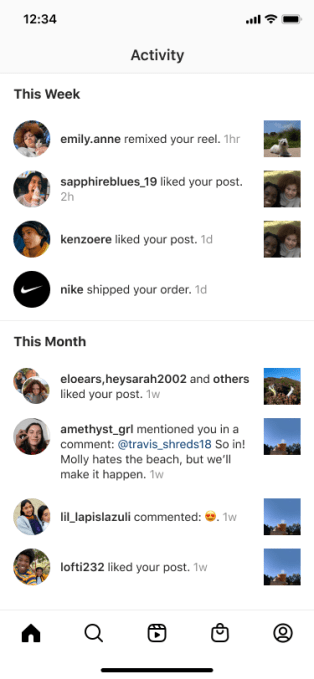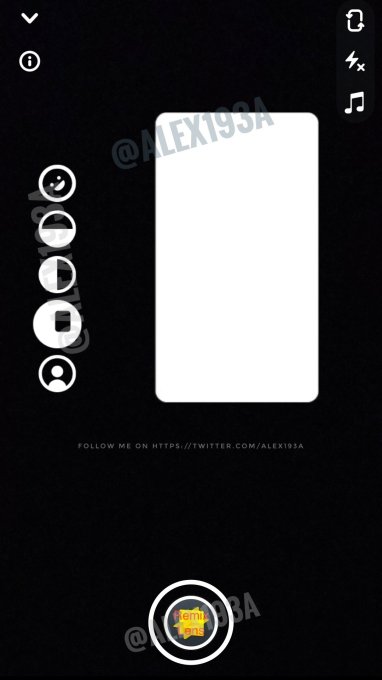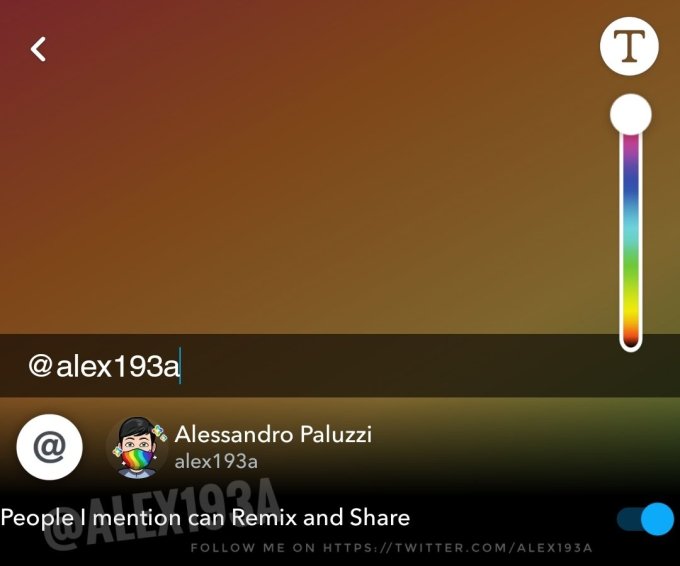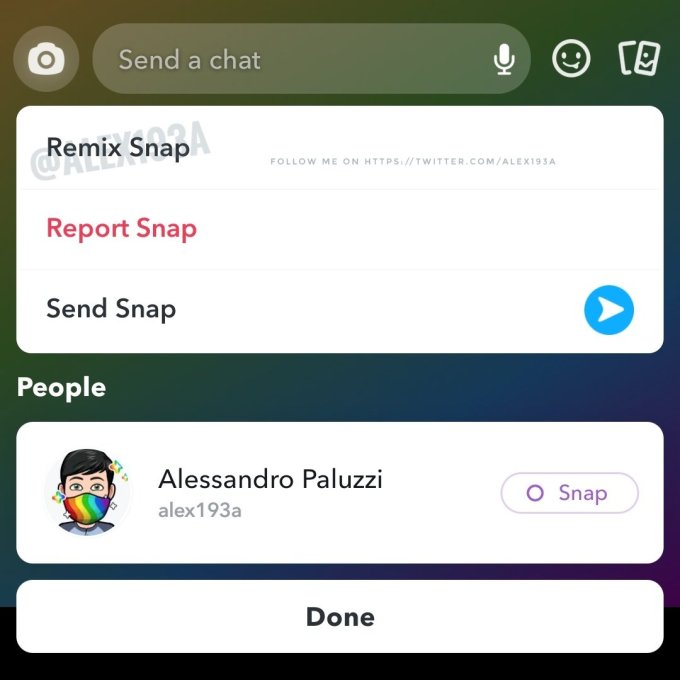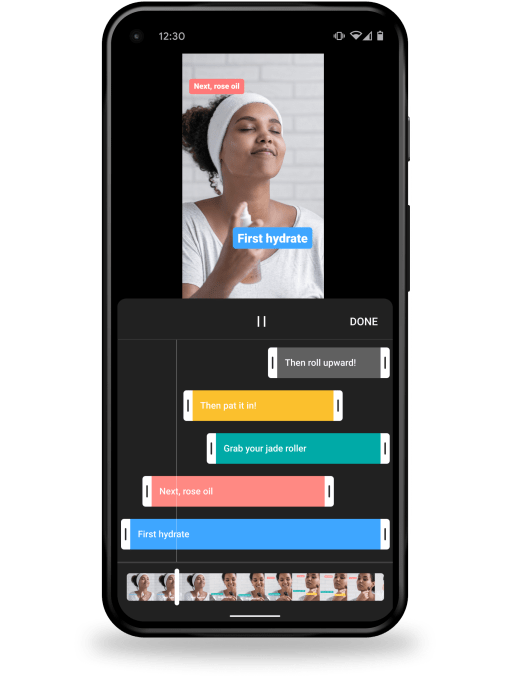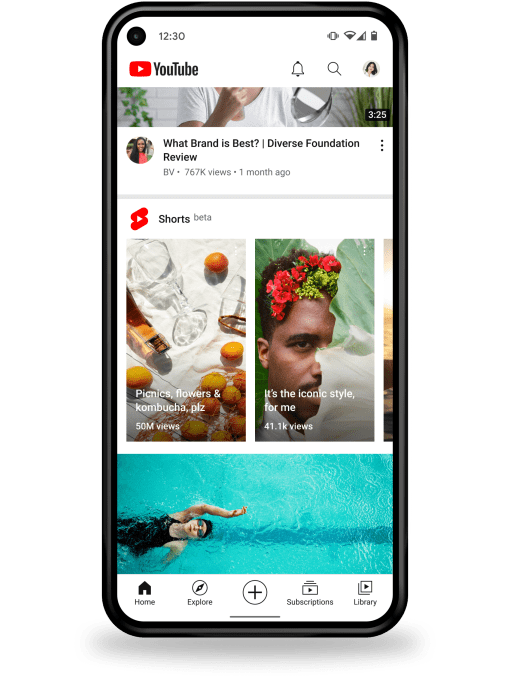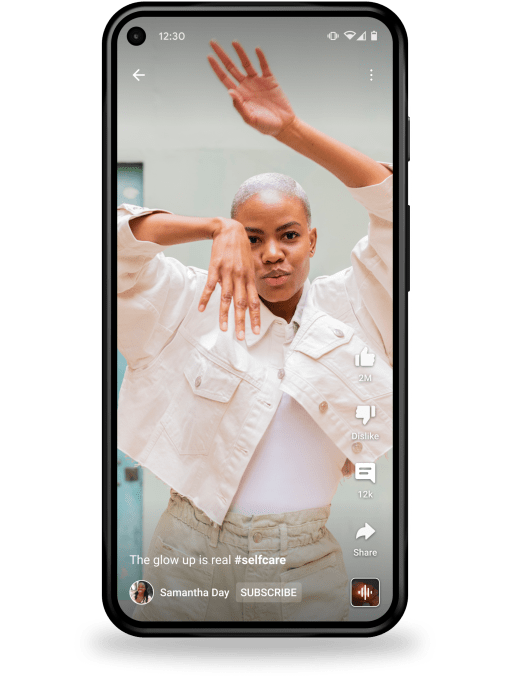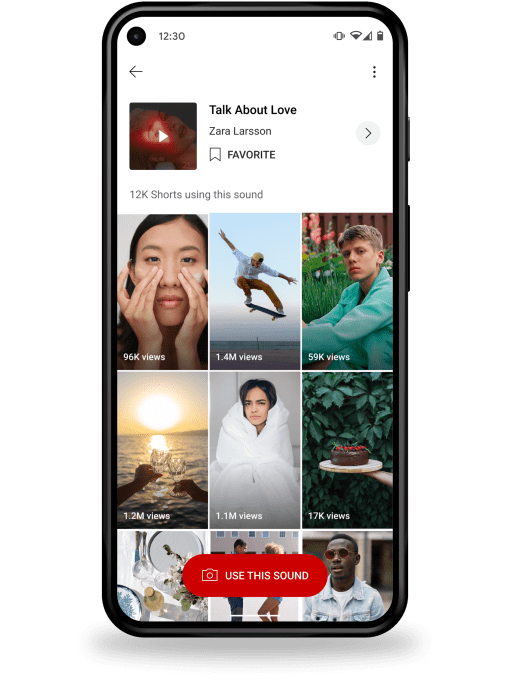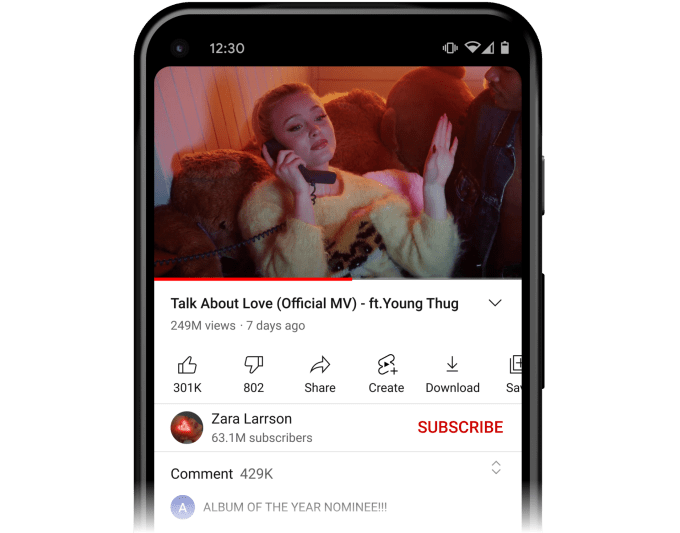Clubhouse hosted another excellent conversation between Josh Constine and Facebook’s audio czar Fidji Simo. The format continues to sparkle, as I was once again forced to choose between MSNBC’s Rachel Maddow or Lawrence O’Donnell and just plain audio. JPA won going away. The talk was crisp and the strategies thick with optimism about the creator economy. Monetization, priming the emergent pump, etc. If this were the Gold Rush, it would be blue skies ahead for picks and shovels and pans.
It remains hard to listen to the creator talk. If this is the moment for creators, then what is the moment for us listening? The question is who gets the short end of the crypto stick, a zero sum game where the losers are the equivalent of who buys high and sells low. I guess in the elegant world of startups, being one and not the other nine of ten is worth it.
It’s still damn exciting to see the outcome at a safe distance from ground zero. Once the tech companies run out of slots at the start of the race, there will be plenty of industries waiting for the early smoke to clear. Walmart, table for two? This is not a live audio story but rather a realignment of the media industries around notifications. Let’s approach the rebuild of the economy and our way of life from the inside out, or backwards in a kind of reverse engineered insight replayed forward like a Beatles guitar solo.
Back before the virus, we thought of life as weekday and weekends, work week or vacation, a series of not-holidays punctuated by long weekends every 6 to 8 weeks or so.We paced ourselves in waves: not liking Mondays to hump days to going to the movies on Friday to watching the political shows on Sunday. Enduring the nightmare that was Trump, sedating us with the binge economy as it surfed the streaming disruption, addicted to our phones and awestruck by the possibilities of the hive mind. Things changed, and then the plague struck.
Now we realized our folly, not in assuming the unassumable but in thinking we had any clue at all of how much time we had to dream about the future. Our belief in technology was still there, but not necessarily how it would work. Saving us was a goal, not a sure thing or even close. We held our breath. And got incredibly lucky. Time inverted itself, and in surviving we found a desperate grace in treasuring our networks of family and friends.
As much as we knew everything was different, we were shocked at how quickly we adapted to the crisis. The rapid deployment of mobile and social technology over the previous couple decades was suddenly ratified, accelerated, and made table stakes. Not surprisingly the tech companies were able to consume the wave; the startup surge was financed by eating its own dog food. Remember Y2K, where it was still not a sure thing there was any real ROI for collaboration, or groupware as it was pigeonholed.
It got a lot harder to say digital collaboration was not realistic. The Cloud made corporate transformation a subscription service going in and pivoting to market fit a viable exit strategy. Startups could scale up without multi-million dollar bets, leaving enterprise incumbents with no choice but to adopt Software As A Service to survive. Consumer laptops, TCPIP, and 2400 baud modems became the platform where continuous innovation found a home, virtualizing the office as a set of familiar services deployed both on desktop and phones.
Notifications became less a source of interruption and more the quickest way to manage the converging streams of work and personal life. These intermittent alerts allowed us to navigate multiple conversations and interactions on an as-needed basis. Collaboration tools orchestrated the abstraction of email with group messaging, video conferencing became a time saver and easy onboarding tool, screen sharing an IT replacement. And all sat on the notification backbone, reducing channel conflict and shifting the social aspects of team engagement to a more personal basis. And then the pandemic happened.
Is it any wonder, the Bowie song asks. Notification etiquette kicks in at daybreak with the overnight roundup, tracks the news throughout while avoiding the repetitive eyeball-baiting of the cable networks, and creates a calendar of things to click on or store for free time or cram for a meeting. No, it’s not any wonder that audio fits more and more into this work-from-wherever climate shift. Notification chimes differentiate between critical alerts, parkable alerts, and ignorable scroll-offs. Newsletters become havens for binging cached 10 minute reads, managing live audio and recorded podcasts, and a rallying point for influencer analytics. This last one offers value for not just creators but consumers, also known as tippers.
The creator bandwagon sounds promising, but who cares which major platform captures the pole position? I like Clubhouse’s work in establishing a complementary social cloud via notifications. I like Twitter Spaces as a driver to squeeze a record button into the UI for all, just as Anchor does for podcasting. I like the idea of Facebook sneaking onto the playing field by allowing Instagram to turn off video. Wow, thanks. I love how Josh Constine seems to have landed in just the right place to triangulate his venture casting chops, reportorial finesse, handy summarizing of the calls, and matter-of-fact direct to podcast strategy.
But these early winners in format and style should soon give way to a more constructive dialogue between creators and their listeners. Newsletter platforms seem to have made the case that a few hit writers will pay for developing tools to support subscriptions, distribution, legal services, analytics, and more. I keep wanting to backchannel directly with specific people in the room, but Clubhouse doesn’t want that to happen natively. We’re live audio, not chat, they don’t say but imply. What if listeners could sign up for receiving (and sending) commentary via some form of group @mention. Moderators could tap into that and invite people onstage to engage with speakers. Organic discovery of talent and impact. Sign me up.
from the Gillmor Gang Newsletter
__________________
The Gillmor Gang — Frank Radice, Michael Markman, Keith Teare, Denis Pombriant, Brent Leary and Steve Gillmor. Recorded live Friday, April 25, 2021.
Produced and directed by Tina Chase Gillmor @tinagillmor
@fradice, @mickeleh, @denispombriant, @kteare, @brentleary, @stevegillmor, @gillmorgang
Subscribe to the new Gillmor Gang Newsletter and join the backchannel here on Telegram.
The Gillmor Gang on Facebook … and here’s our sister show G3 on Facebook.




